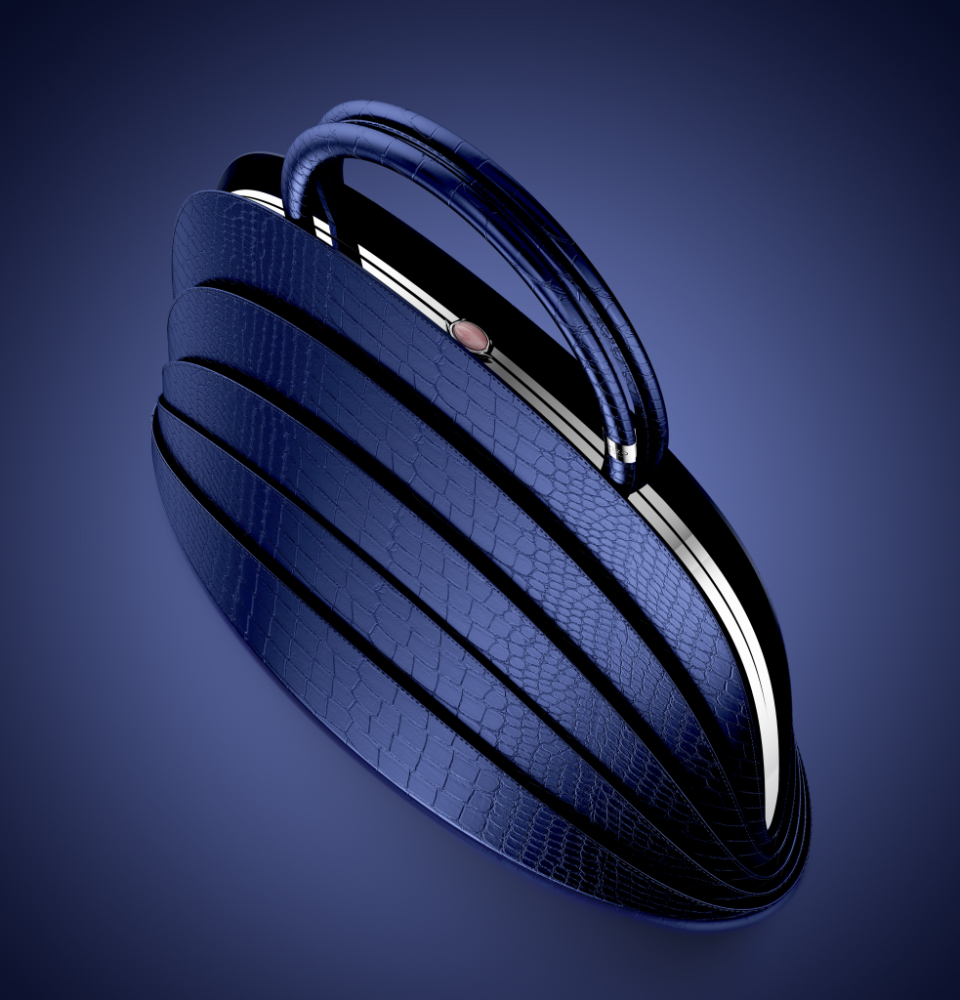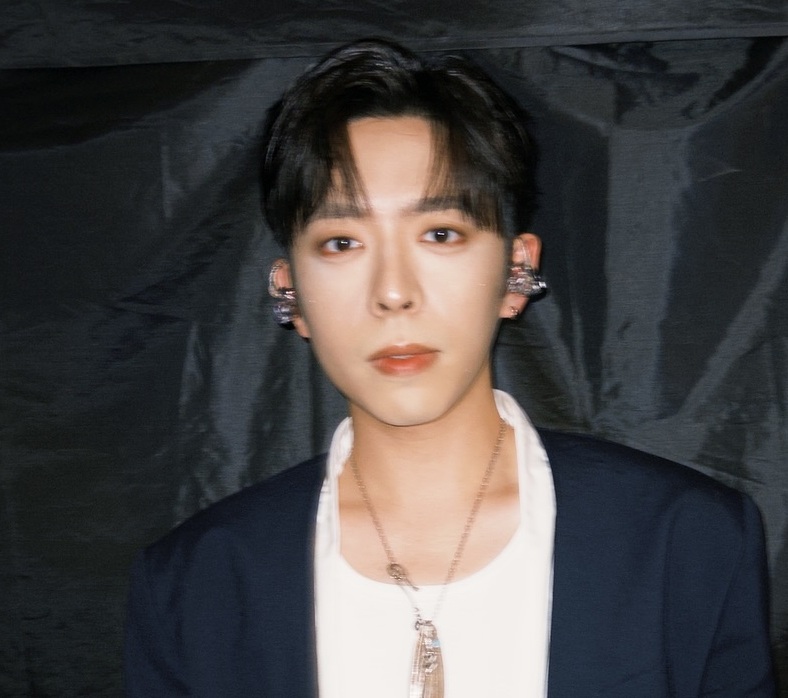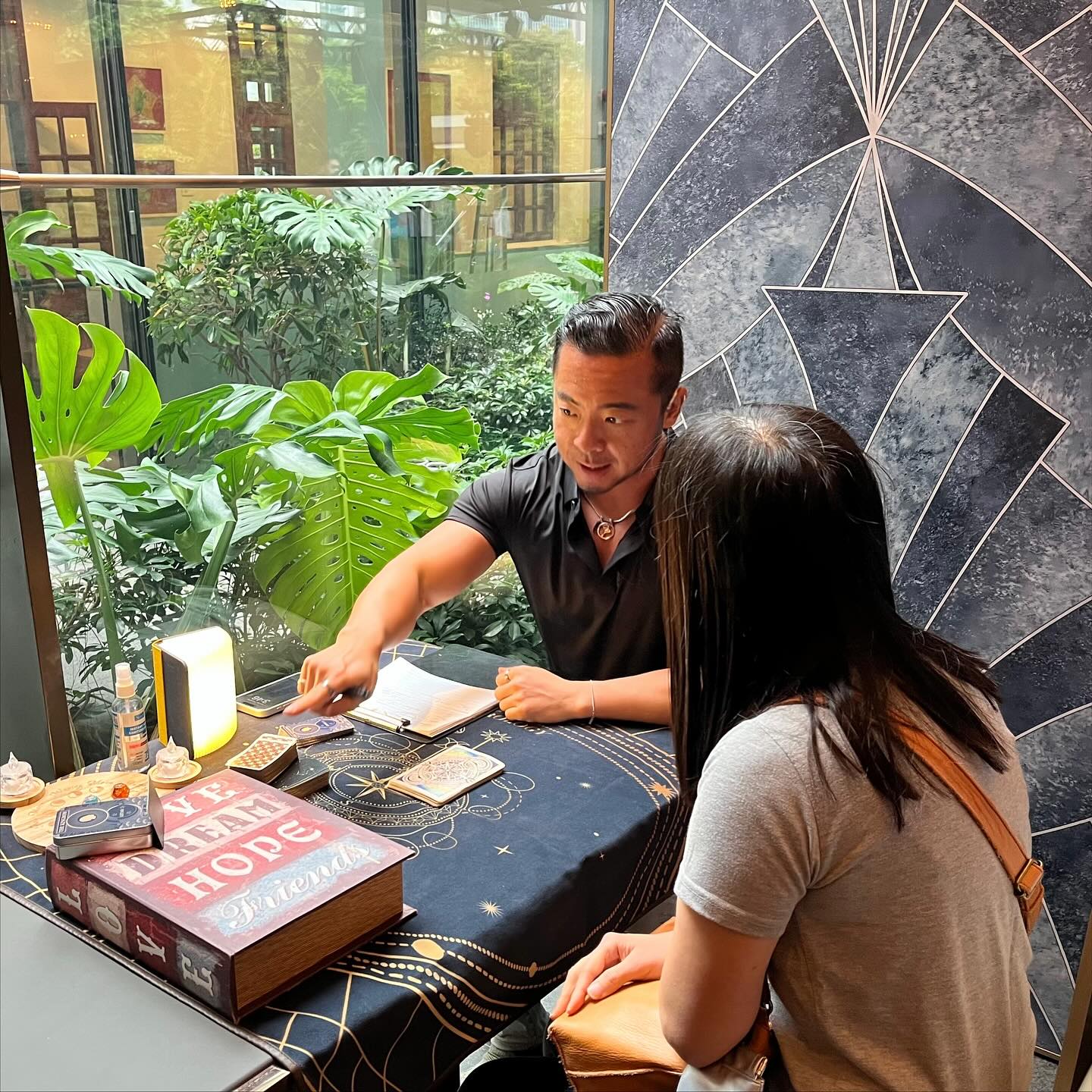Italian artist and designer Gabo Guzzo has spent his career questioning humanity’s impact on the planet. He tells Cherry Shao what drew him to the world of fashion and why a handbag is not only an accessory but also a means to express ideas around personal responsibility, sustainability and consumption

Whether consciously or unconsciously, Gabo Guzzo began exploring humanity and the meaning of life from a very young age. “I remember my interest in reading books related to individualism and personality, which is quite weird for a child,” recalls the Italian-born and London-based interdisciplinary artist.
Guzzo’s interest only grew as he studied economics at Milan’s Università Bocconi and later fine arts at London’s Central Saint Martins. “I started more and more to ask myself, why are we here and what is our role as humans on this planet? Is there anything that is expected from us? And how should we accomplish our role as humans?”
These questions went on to inform and shape Guzzo’s multimedia and interdisciplinary works and, subsequently, his designs for modern and refined luxury handbags. As an artist, Guzzo particularly relishes the moment when new ideas are born out of collaboration across different fields.

“When you collaborate with people from different backgrounds, there’s a need to create a new common language and that’s the moment when inspiration comes,” he explains, citing his first interdisciplinary attempt in Central Saint Martins, where he worked with engineers, scientists and architects to develop an installation for his graduation project.
Guzzo continued to seek out new collaborations after graduation. During his 2012 residence at Banner Repeater, an artist-led reading room and experimental project space in London, he developed The Geological Turn to address the concept of Anthropocene (defined as “the recent age of man”). The project brought together several outstanding artists and scientists, including the Dutch atmospheric chemist and Nobel Laureate Paul Crutzen, who coined the term Anthropocene with a holistic view of the role of humans in shaping natural systems.
“We organised a talk and invited people to discuss the concept of Anthropocene, as well as the challenges behind it,” Guzzo says. “There were also debates about what artists should do today or how artists should communicate with the audience and change their approaches. It was an invitation for artists to enter the discipline and to bring the messages beyond the gallery space and beyond the museum to be closer to people.”
It was around that time that Guzzo first cast his eye towards fashion. “When I thought about how we can bring the human responsibility and social natural balance towards people and closer to people, I thought about fashion,” he says. “I thought fashion can be a good medium to bring the message to a wider public, because everybody has a kind of relationship with fashion.

“It’s also partly related to my identity as an individual. I was born in the south of Italy with my family kind of related to fashion. My grandmother was a seamstress and, in general, the Italians are always very close to fashion and design. I think it’s a cultural thing,” he adds, laughing.
The next question was what kind of fashion to produce. “I started to think about a handbag and how its three-dimensionality is close to that of a sculptural object,” Guzzo says.
“Then I started playing with the idea of creating a handbag like a sculpture, something that could in a way promote ideas around consumption, responsibility and potential using the resources of the planet. There was also the idea of freedom, of individual faculty, in that people want to wear something that speaks to their own personality and ego.”
Guzzo began by showing a few pieces to private collectors in London. But he soon realised his artistic experiment had actual retail potential and thus the Spinosa clutch and Millefoglie bag were born.
“We don’t really follow seasons. We work on a design based on an inspiration or a strong vision just like an art project, which in this case is More Art, Less Production,” Guzzo explains. “In a way, we try to promote the idea of responsibility in terms of consumption and saving resources of the planet. At the same time, we translate the concepts into something with a function that you can use and enjoy as an object.”
/Spinosa%20clutches/Gabo%20Guzzo%20SPINOSA%20PytthonGreen%2001.png)
The idea of balance between humans and nature is also one of the reasons why Guzzo values craftsmanship. Each Gabo Guzzo handbag is one of a kind, handcrafted in Florence by master leather artisans and goldsmiths, and finished with a unique number and the handwritten signatures of the designer and artisan who made the bag.
“When I decided to go into fashion I said, ‘Okay, let’s create handbags as unique pieces that stress the idea of wiser consumption and allow a long-term relationship,’” Gabo explains. “The handbag should be an object that we take care of and cherish, and it will not change after a few weeks or so.
“To achieve that, I knew the Italian artisan community could be really helpful. But I was a complete outsider, so I spent time researching and communicating with people to find the right craftsmen. That’s when I realised how complex it can be to assemble what you have designed,” Guzzo says, laughing.
“While doing my research, I discovered that artisanship is similar to biodiversity on the planet. It was sad because I noticed that fewer and fewer artisans were passing down their traditions to the next generation. At same time, the fashion industry is pushing these people to work in ways that don’t always support the knowledge and the cultural heritage they have accumulated over the years. So the project, from another aspect, is a protection of the cultural heritage.”
Guzzo is also hoping that by employing local artisans he can help to support their wider communities as well as promote further innovation. This sense of responsibility to people – and the planet we all inhabit – has only been heightened by COVID-19.
“The pandemic increases the need to maintain balance between nature and society,” he says. “From this point of view, I think products should provide more value and meaning, and we should fight against product obsolescence.”
Follow Gabo Guzzo on Instagram @gaboguzzo
See also: Shape shifters: The history and future of handbags





